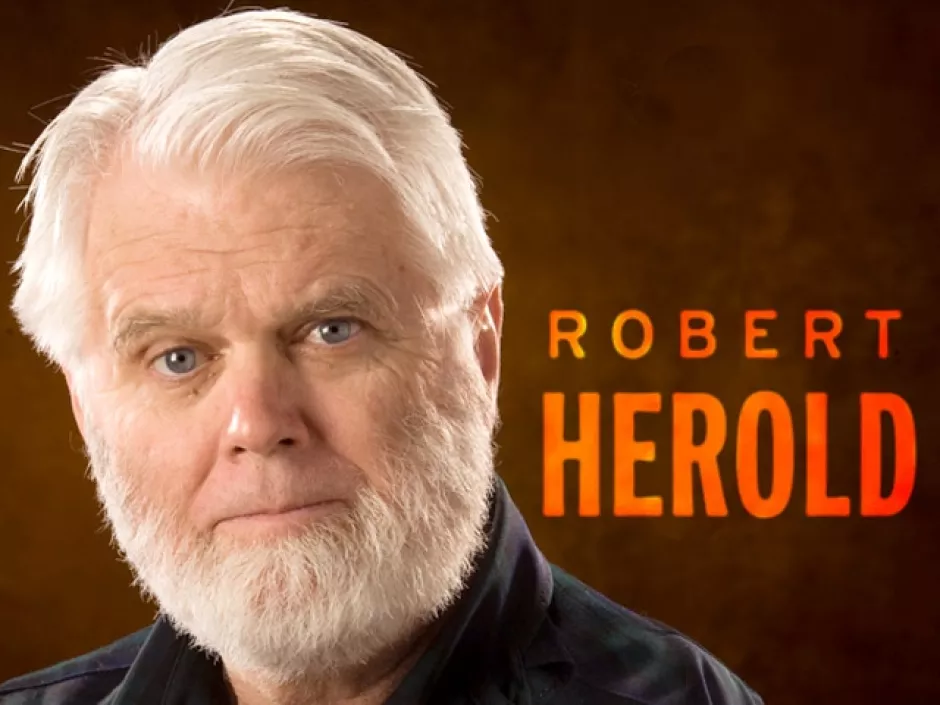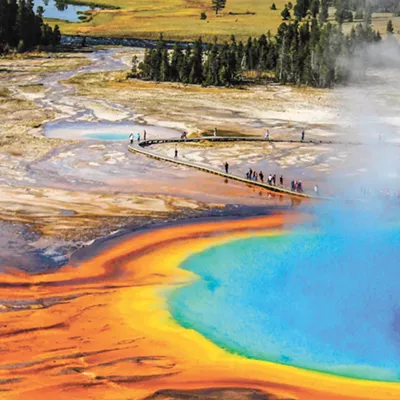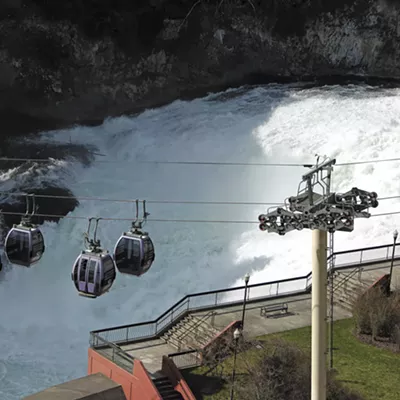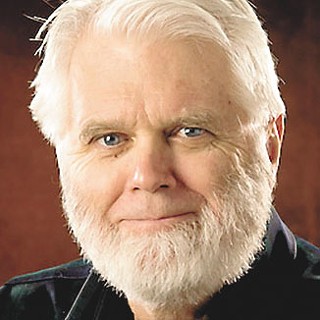We come to that time in the year, perhaps especially this troubled year, when the civilizing effects of what beautiful music does for the soul are so important. Music connects us, it inspires us, it both calms us and excites us. It serves as a reminder of happier days. It causes us to reflect. Through orchestral music, we are able to walk back through time while gazing at the future. The full orchestra is the instrument that serves as the mediator — the interpreter, perhaps — that lends depth of emotion to two-dimensional time and space.
So for all these reasons, the community breathes a collective sigh of relief that the musicians’ strike has ended. But make no mistake, the contract actually leaves more questions unanswered. Yes, the musicians got their two-year contract, but at the cost of an 11 percent pay cut (that is 11 percent from a miniscule level of pay; a fact not lost on a disbelieving public). They did get three weeks of unpaid leave, subject to decisions of the artistic director — how that works out remains to be seen. Moreover, the question of what is appropriate for leave and what isn’t wasn’t clearly specified; for instance, will missing a Spokane Symphony Orchestra performance to make twice as much substituting in Seattle be any more welcomed?
We won’t know the extent of the strike’s damage for a while. How many musicians are updating their vitas and preparing for auditions? How many longtime patrons who bought season tickets almost out of habit have had that habit broken? We just don’t know.
One thing does seem clear: The critical drop in “services” from 180 to 160, which the board used to justify its pay cuts, reflects almost entirely on the leadership’s ineffective audience development efforts. I refer to run-outs to high schools, mini-performances, public recitals, those sorts of “services.” The board says that the money is no longer there. But without bringing the orchestra to the community, what makes the board think that the community will come to the orchestra?
On this the leadership might be instructed by the life and times of Maurice Abravanel. Already a famed European conductor, in 1947 he came to Salt Lake City and took over what, at the time, was just another community orchestra, the Utah Symphony. Thirty-two years later, when he retired, the Utah Symphony, by then “his orchestra,” was nationally recognized. There is a reason why they renamed their concert hall after Abravanel instead of their biggest donor.
Abravanel understood that the only way he could build a orchestra was to build an audience — even in a state where the music literacy barely registered. This from his 1993 New York Times obituary:
In 1947, he took up the appointment at the Utah Symphony and began building a minor orchestra into a widely respected ensemble. Concert music was not an active feature of the state’s musical life at that time, but Mr. Abravanel made it so, reaching out to rural communities and eventually making the orchestra so popular that Utah achieved the highest per-capita attendance at symphony concerts of any state.
We need take a lesson from the maestro. Eight years ago, Gonzaga University hosted a symposium that examined the question: “What is the future of symphony orchestras?” Our panel included: Don Thulean, former Spokane Symphony Orchestra music director; Verne Windham, former SSO principal horn; Robert Spittal, Gonzaga University’s music department chair; and Bill Simer, SSO Board president. Fabio Mechetti, then the SSO’s music director, contributed a lengthy essay, as did Inlander classical music writer Marty Demerest. John Hancock, the SSO’s executive director at the time, also made important contributions.
Even back then, audience development came to the top of the to-do list. Simer reported that the National Endowment for the Arts had come to him and urged that SSO do more. Since then, however, the SSO’s outreach effort has actually diminished to almost nothing.
Our study also included a wonderful roundtable discussion featuring five Central Valley High School students, all musicians. Here are just a few of their suggestions:
1. Make concerts shorter — maybe an hour and a half.
2. This one is very important, they said: People need to experience SSO musicians performing in person.
3. High schools shouldn’t view music performance as a kind of competitive sport; cooperation among all schools should be emphasized.
4. Programming is important. You can get young people to love Mahler through pieces such as Candide. Some of the most recognizable motion picture soundtracks can also make a connection.
I know this much, no one could come from the amazing musicians’ benefit concert at Shadle Park High School last month — an overflowing crowd of young and old — and not believe that there is a broader audience out there ready to be “developed.”
Needed is some imagination and a lot of hard work.
The Spokane Symphony Orchestra performs Beethoven’s Symphony No. 9 on Dec. 31 at 7:30 pm at the Martin Woldson Theater at the Fox. Tickets: $16-$27. Call 624-1200.


















